BMW 2012 Annual Report Download - page 42
Download and view the complete annual report
Please find page 42 of the 2012 BMW annual report below. You can navigate through the pages in the report by either clicking on the pages listed below, or by using the keyword search tool below to find specific information within the annual report.-
 1
1 -
 2
2 -
 3
3 -
 4
4 -
 5
5 -
 6
6 -
 7
7 -
 8
8 -
 9
9 -
 10
10 -
 11
11 -
 12
12 -
 13
13 -
 14
14 -
 15
15 -
 16
16 -
 17
17 -
 18
18 -
 19
19 -
 20
20 -
 21
21 -
 22
22 -
 23
23 -
 24
24 -
 25
25 -
 26
26 -
 27
27 -
 28
28 -
 29
29 -
 30
30 -
 31
31 -
 32
32 -
 33
33 -
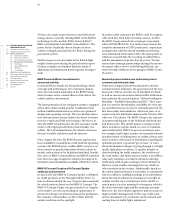 34
34 -
 35
35 -
 36
36 -
 37
37 -
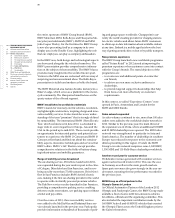 38
38 -
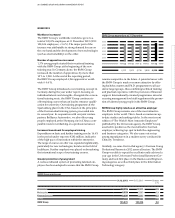 39
39 -
 40
40 -
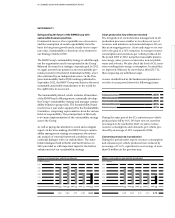 41
41 -
 42
42 -
 43
43 -
 44
44 -
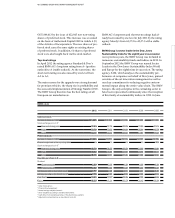 45
45 -
 46
46 -
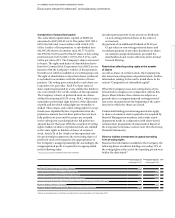 47
47 -
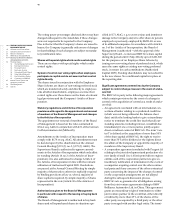 48
48 -
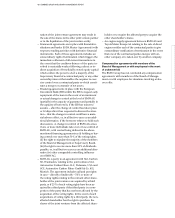 49
49 -
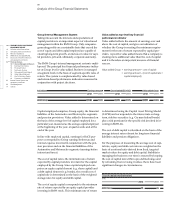 50
50 -
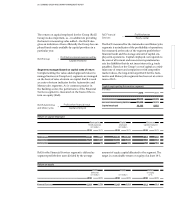 51
51 -
 52
52 -
 53
53 -
 54
54 -
 55
55 -
 56
56 -
 57
57 -
 58
58 -
 59
59 -
 60
60 -
 61
61 -
 62
62 -
 63
63 -
 64
64 -
 65
65 -
 66
66 -
 67
67 -
 68
68 -
 69
69 -
 70
70 -
 71
71 -
 72
72 -
 73
73 -
 74
74 -
 75
75 -
 76
76 -
 77
77 -
 78
78 -
 79
79 -
 80
80 -
 81
81 -
 82
82 -
 83
83 -
 84
84 -
 85
85 -
 86
86 -
 87
87 -
 88
88 -
 89
89 -
 90
90 -
 91
91 -
 92
92 -
 93
93 -
 94
94 -
 95
95 -
 96
96 -
 97
97 -
 98
98 -
 99
99 -
 100
100 -
 101
101 -
 102
102 -
 103
103 -
 104
104 -
 105
105 -
 106
106 -
 107
107 -
 108
108 -
 109
109 -
 110
110 -
 111
111 -
 112
112 -
 113
113 -
 114
114 -
 115
115 -
 116
116 -
 117
117 -
 118
118 -
 119
119 -
 120
120 -
 121
121 -
 122
122 -
 123
123 -
 124
124 -
 125
125 -
 126
126 -
 127
127 -
 128
128 -
 129
129 -
 130
130 -
 131
131 -
 132
132 -
 133
133 -
 134
134 -
 135
135 -
 136
136 -
 137
137 -
 138
138 -
 139
139 -
 140
140 -
 141
141 -
 142
142 -
 143
143 -
 144
144 -
 145
145 -
 146
146 -
 147
147 -
 148
148 -
 149
149 -
 150
150 -
 151
151 -
 152
152 -
 153
153 -
 154
154 -
 155
155 -
 156
156 -
 157
157 -
 158
158 -
 159
159 -
 160
160 -
 161
161 -
 162
162 -
 163
163 -
 164
164 -
 165
165 -
 166
166 -
 167
167 -
 168
168 -
 169
169 -
 170
170 -
 171
171 -
 172
172 -
 173
173 -
 174
174 -
 175
175 -
 176
176 -
 177
177 -
 178
178 -
 179
179 -
 180
180 -
 181
181 -
 182
182 -
 183
183 -
 184
184 -
 185
185 -
 186
186 -
 187
187 -
 188
188 -
 189
189 -
 190
190 -
 191
191 -
 192
192 -
 193
193 -
 194
194 -
 195
195 -
 196
196 -
 197
197 -
 198
198 -
 199
199 -
 200
200 -
 201
201 -
 202
202 -
 203
203 -
 204
204 -
 205
205 -
 206
206 -
 207
207 -
 208
208 -
 209
209 -
 210
210 -
 211
211 -
 212
212 -
 213
213 -
 214
214 -
 215
215 -
 216
216 -
 217
217 -
 218
218 -
 219
219 -
 220
220 -
 221
221 -
 222
222 -
 223
223 -
 224
224 -
 225
225 -
 226
226 -
 227
227 -
 228
228 -
 229
229 -
 230
230 -
 231
231 -
 232
232 -
 233
233 -
 234
234 -
 235
235 -
 236
236 -
 237
237 -
 238
238 -
 239
239 -
 240
240 -
 241
241 -
 242
242 -
 243
243 -
 244
244 -
 245
245 -
 246
246 -
 247
247 -
 248
248 -
 249
249 -
 250
250 -
 251
251 -
 252
252 -
 253
253 -
 254
254 -
 255
255 -
 256
256 -
 257
257 -
 258
258 -
 259
259 -
 260
260 -
 261
261 -
 262
262 -
 263
263 -
 264
264 -
 265
265 -
 266
266 -
 267
267 -
 268
268 -
 269
269 -
 270
270 -
 271
271 -
 272
272 -
 273
273 -
 274
274 -
 275
275 -
 276
276 -
 277
277 -
 278
278 -
 279
279 -
 280
280 -
 281
281 -
 282
282 -
 283
283 -
 284
284
 |
 |

42
18 COMBINED GROUP AND COMPANY
MANAGEMENT REPORT
18 A Review of the Financial Year
21 General Economic Environment
24 Review of Operations
24 Automotive segment
30 Motorcycles segment
31 Financial Services segment
33 Research and development
36 Purchasing
37 Sales and Marketing
39 Workforce
41 Sustainability
44 BMW Stock and Capital Market
47 Disclosures relevant for takeovers
and explanatory comments
50 Financial Analysis
65 Internal Control System and
explanatory comments
66 Risk Management
74 Outlook
The high number of model start-ups, the increasing
number of models being launched and the greater verti-
cal range of manufacture, such as with CFRP, were the
main challenges in our endeavours to improve energy
efficiency. Expansion of our highly efficient and ecologi-
cally sustainable combined heat and power plants led to
higher consumption due to conversion factors. Despite
this fact we managed to reduce the energy consumed
per vehicle produced in 2012 to 2.44 MWh (– 0.8 %). This
improvement was achieved by means of a number of
measures such as the use of waste heat from the paint
shop at the Leipzig plant and the use of energy-efficient
motors for cooling the computer centre at our Oxford
plant. Greater energy efficiency and the use of electric-
ity produced from regenerative sources helped to re-
duce the CO2 emissions per vehicle produced by 4.2 %
to 0.68 tonnes during the period under report.
The volume of water required per vehicle produced also
fell to 2.10 m3 (– 0.9 %) in 2012. The amount of process
wastewater produced decreased by 11.1 % to 0.48 m3 per
vehicle produced. The conversion of the paint shop
in
Spartanburg to a water-free paint process and the re-
use of water in the paint shops at the Dingolfing and
Munich
plants were the main contributing factors to
this
reduction.
The volume of non-recyclable production waste was re-
duced by a further 23.5 % to 6.11 kg per vehicle pro-
duced in 2012. The primary reason for the improvement
was the conversion from waste disposal to recycling at
all plants in the UK.
Solvent emissions increased slightly by 1.8 % to 1.68 kg
per vehicle produced during the period under report,
largely due to increased production volumes in China.
New, eco-friendly painting processes will come on line
at the Tiexi* plant by the end of 2013. The paint shop
at the Dadong* plant is also scheduled for retrofitting
with a view to minimising solvent emissions in years to
come.
* Joint venture BMW Brilliance
Eco-friendly transportation solutions
The general increase in production volume combined
with regional shifts in demand had an impact on the
CO2 emissions per vehicle produced
in t / vehicle
0.90
0.85
0.80
0.75
0.70
0.65
08 09 10 11 12
0.82 0.91 0.86 0.71 0.68
Process wastewater per vehicle produced
in m3 / vehicle
0.70
0.60
0.50
0.40
0.30
0.20
08 09 10 11 12
0.64 0.62 0.58 0.54 0.48
Waste for disposal per vehicle produced
in kg / vehicle
17.5
15.0
12.5
10.0
7.5
5.0
08 09 10 11 12
14.84 10.63 10.09 7.99 6.11
Volatile organic compounds (VOC)
per vehicle produced
in kg / vehicle
2.50
2.25
2.00
1.75
1.50
08 09 10 11 12
1.96 1.77 1.60 1.65 1.68
